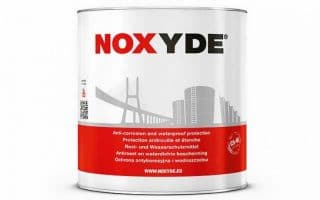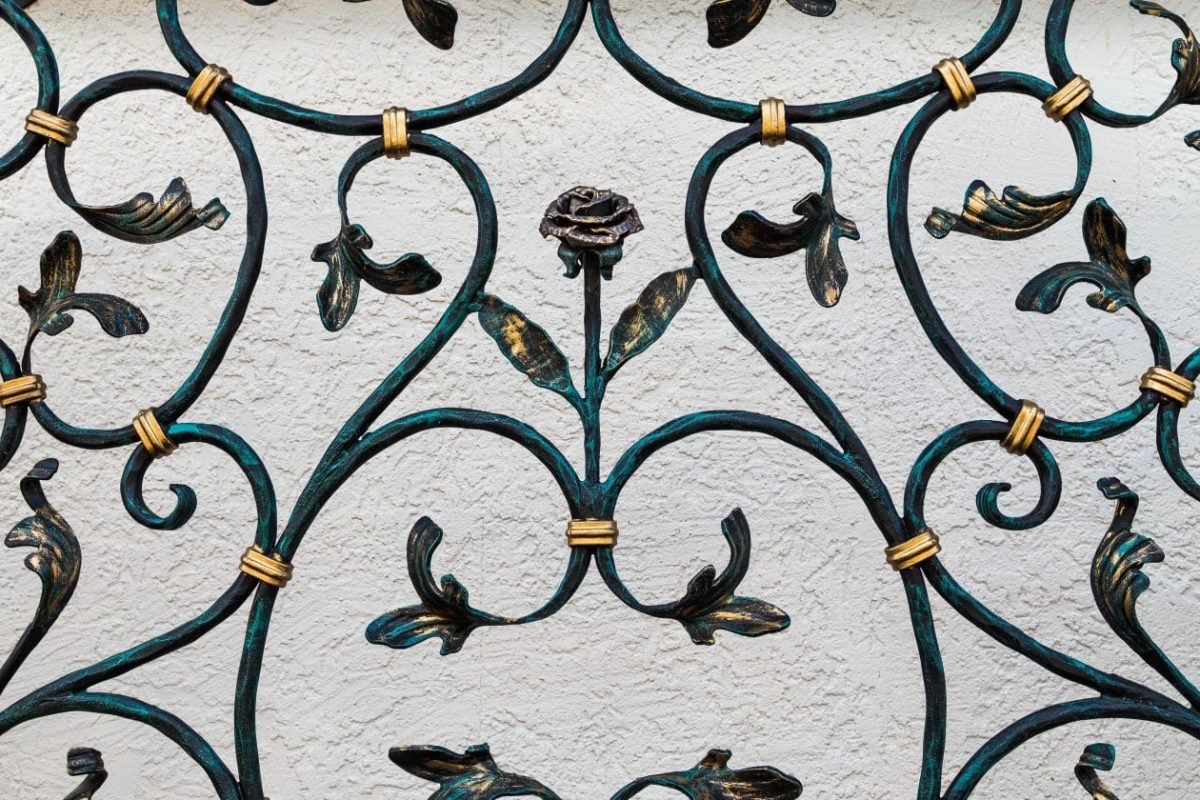A common enquiry our technical team receive from painting contractors or councils is how to paint galvanised steel. You can identify galvanizing through it’s camouflage effect when unpainted. Galvanised steel is the process of steel that has been treated with an anti-corrosive zinc coating through being dipped in hot zinc.
Galvanised steel is mainly used for exterior items to be exposed to moisture and weathering. You can find galvanised steel on street furniture, vehicles, railings, flat bed trailers, metal fencing, as well as some household items such as bins or old bath tubs. Even electric pylons use galvanised steel.
The most common galv the tech team get asked about is street railings. In the UK, galvanised steel railings are used by most councils and the highways authorities.
Why You Should Paint Galvanised Steel
Other than just wishing to change the colour of the galvanised steel item in question, there are a number of possibilities to why your steel may need to be coated.
Alone, galvanising can last for decades in regular mild conditions. You can apply organic coatings or paint to add colour. Or galvanizing can extend the life of the structure especially in aggressive environments.
One of the few problems of this type of steel is an effect called white rust or salts. White rust is a powdery, white deposit that forms where freshly galvanised steel is exposed to pure water via rain, dew or condensation. If the galvanised steel is in an oxygen deficient environment, the water will continue to react with the zinc and progressively consume the coating, exacerbating the issue.
If you require to paint new galvanised steel before weathering for a minimum of 12 months, you must treat the metal with T Wash (Mordant Solution). This acid will neutralise the salts contained in the galvanising. You must carry this out. Otherwise the salts can push off the paint coating. You will notice that the galvanising will turn black after the application of the mordant solution. This is normal.
Common Errors In Painting
A typical error when painting galvanised steel is unsuitable or unthorough surface preparation. If you do not prepare the metal properly any paint is likely to fail. Preparation is always key.
Also, if you do not use a suitable primer on the steelwork this will also cause the paint fail through debonding.
Preparation Of Galv Steel Prior To Correct Painting
To correctly prepare your galvanised steel, Promain’s technical team recommend suitable abrasion. You can do this by a number of means. Methods include sweep blasting, wire brush or any other suitable mechanical preparation. You can alternatively etch the steel prior to painting.
The process of acid etching eats the top layer of the steel. This gives the primer and topcoat a suitable profile to adhere to. Our technical team recommend PPG’s Sigma Etch, T Wash, a highways approved item. Some people refer to Acid Etching Solution as a Mordant Solution. This will help to provide a profile for the paint to adhere to.
After salt neutralisation by the T Wash, you should apply an initial priming coat. PPG Sigma E112 Miocoat is a micaceous iron oxide pigment, sometimes refered to as fish scales. An alternative to this 2 pack material is the Teamac Micaceous Oxide (MIO), which also benefits from being anti-corrosive.
Another option is Rust-Oleum’s Galvinoleum Adhesion Primer 3202 which offers adhesion so excellent it can even be used on porcelain or plastic.
After the above, your galvanised steel is ready for a top coat.
Promain’s Suitable Paint For Galvanised Steel

Promain provide a number of coatings suitable for galvanised steel.
For areas with low traffic such as corrugated metal roofing where the metal profile sheets are susceptible to flexing due to wind and sunlight expansion, we would suggest an elastomeric coating such as Rust-Oleum Noxyde. Use Rust-Oleum Noxyde Peganox for more detailed brushwork as required on smaller areas.
For galvanised metal railings we would suggest Centrecoat Fast Dry Gloss or possibly the Rust-Oleum Alkthane 7500 as a topcoat. Both these coatings are available in a fast range of colours in either a gloss finish or satin finish.
For more areas subject to harsh conditions such as offshore marine structures, Promain would recommend Sigmashield 880 at 300 microns DFT. Withstanding high levels of weather abrasion, Sigmashield 880 can continue to protect metal even when fully immersed in water. This qualifies the product for ISO 12944-6 Systems for Steel.
In conclusion, galvanised steel coatings will eventually deteriorate after time. When it comes to specifying or researching suitable products for your project, we recommend discussing your requirements with our technical team. To discuss your individual requirements, please call Promain on 01462 421333.




